How to Help Kids Focus
It’s pretty common for children of all ages to have difficulty staying focused. Issues with concentration can have a huge impact on their performance at home and at school. There are many reasons why this could happen, and by looking at them, we at 5-Minute Crafts created a list of things you can implement to help your kid stay focused.
1. Encourage your child to do physical activities first.
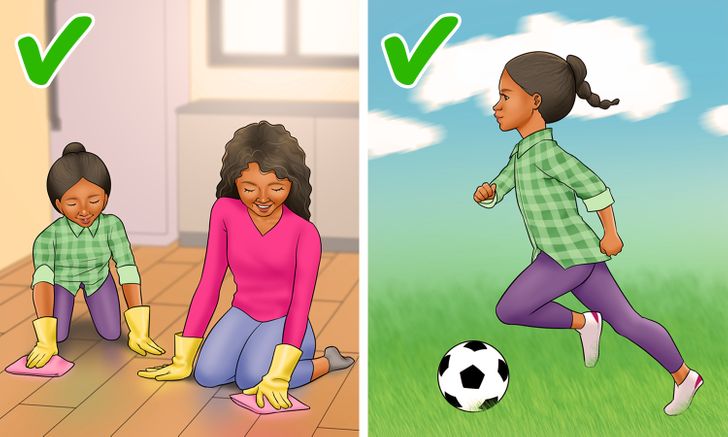
Letting your child move around and do physical activities will help a lot in motivating the brain. So before your child sits down to do homework or study, make sure your kid has had a chance to:
- Jump, walk, or run around
- Do chores around the home
- Play outside
- Bike or walk to school
2. Use signals to remind them to stay focused.
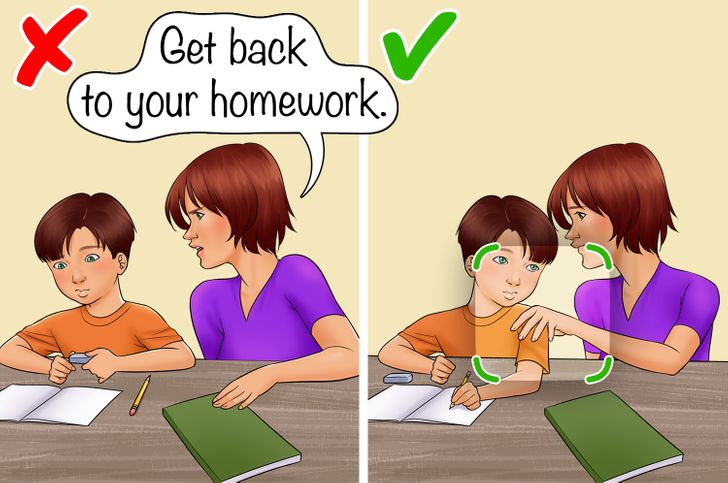
When your kid is studying or doing homework, try your best to avoid having a conversation. Instead, you can come up with a few signals. Here are a few examples:
- Point at their work — it will signal them that they should get back to what they are doing.
- Raise your hand — it could mean that they need to stop what they are doing and continue to work.
- Lay a hand on their shoulder — this can bring them back into focus mode.
3. Let them focus on a specific task for a reasonable amount of time.
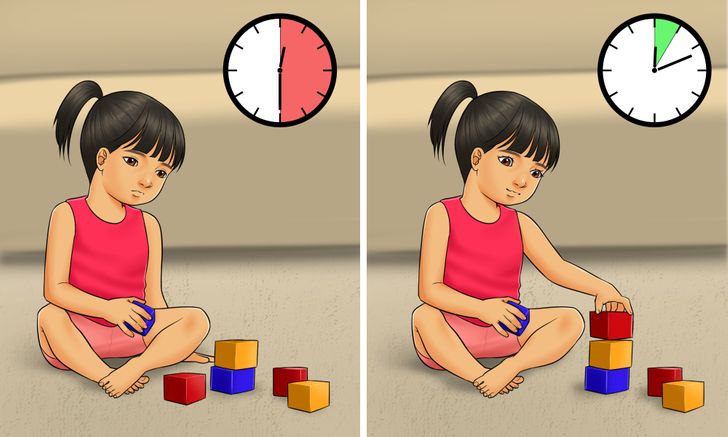
All children have different focus spans depending on their age. Knowing how long your kid can stay focused will help you keep their work time short but effective. Doing activities longer than they can stay focused won’t make studying better, it will just be a waste of time and nerves for both of you.
The approximate attention span for kids is:
- 2 years old — 4 to 6 minutes
- 4 years old — 8 to 12 minutes
- 6 years old — 12 to 18 minutes
- 8 years old — 16 to 24 minutes
- 10 years old — 20 to 30 minutes
- 12 years old — 24 to 36 minutes
- 14 years old — 28 to 42 minutes
- 16 years old — 32 to 48 minutes
4. Choose a proper workspace.
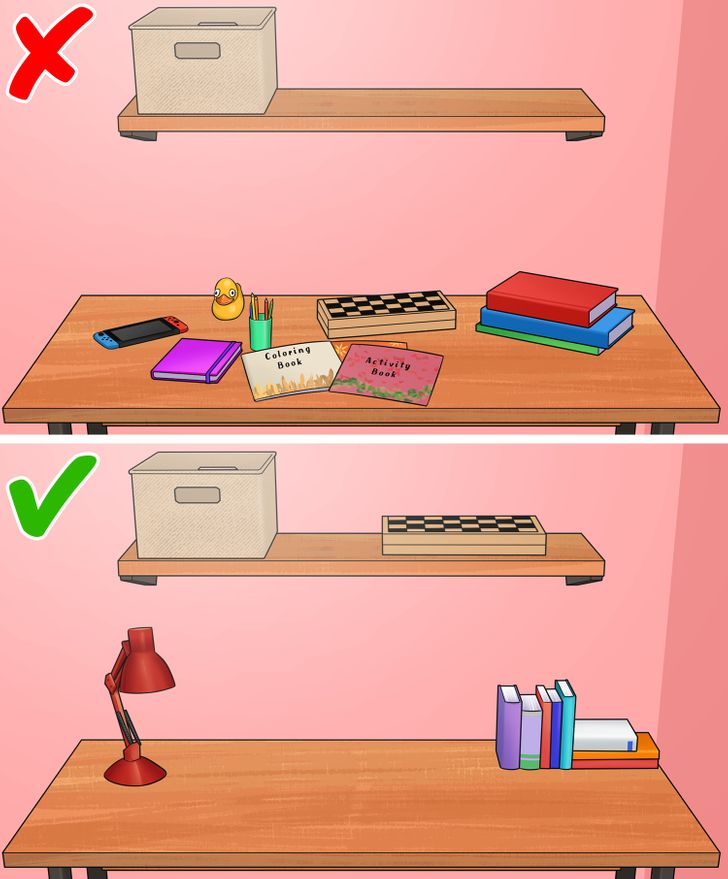
Many kids can be distracted by simple, everything things, like toys, noises, too many people in the room, as well as disorganized space. That’s why you should find a study space for your kid so that they can work.
This place should be:
- Clear of any unnecessary clutter
- Filled only with items that they need for studying (notes, study tools, notebooks, textbooks, etc.)
Note: If the problem is at school, talk to the teacher about giving your kid more space away from other kids so that they can’t be easily distracted by noises.
5. Break tasks down.
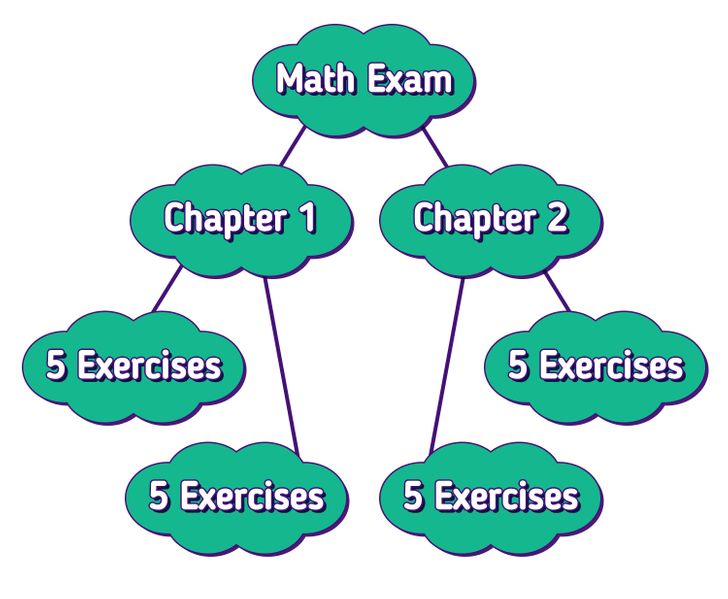
You can help your kid stay focused on tasks if you break them down, making them more manageable. Taking on too many things at once could trigger distraction and boredom. Once you do this your kids will:
- Have a clear idea of what they need to do
- Know what they need to accomplish
- Be motivated more once the small task gets done
Note: Let your child take breaks between studying because if you don’t, their attention can drop to zero. This will help with working off any extra energy, and they won’t get frustrated either.
6. Do one task at a time.
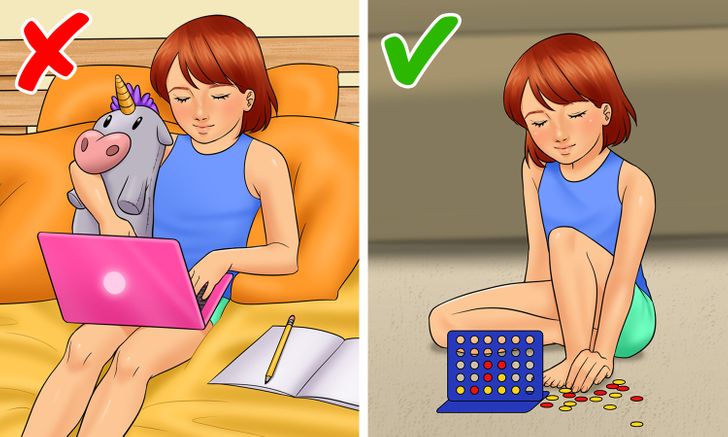
Maybe we as adults enjoy being able to multitask, but actually, it reduces our focus and the performance will suffer. The same goes for kids. So make sure that you do one thing at a time, not looking at the other problems until you finish the one you have at hand.
For example:
- For younger kids, it can mean focusing on singing the alphabet while looking at the letters.
- For older kids, like fourth-graders, you can concentrate on one division problem at a time.
7. Crouch down when you talk to your child.
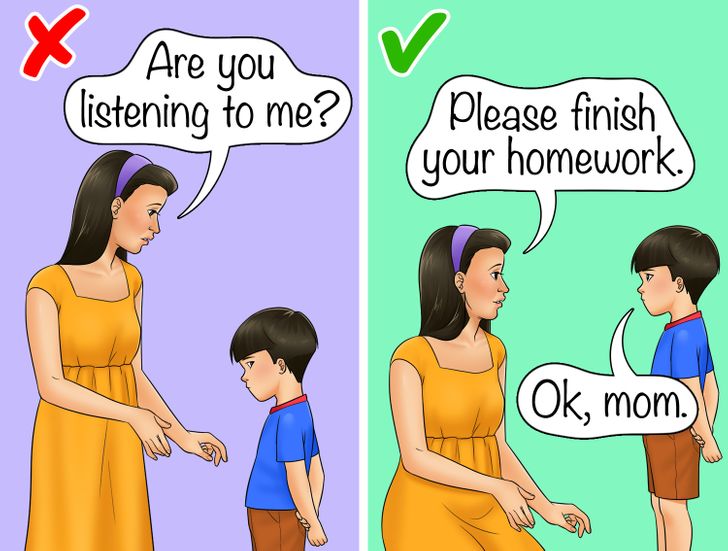
Even though most children have difficulty staying focused when doing schoolwork or other activities, for some, staying focused when having a conversation can be a problem too. If your kid is almost always looking or turning away when you talk to them, then this might mean they’re not focused.
In this case, you should talk to your kid at their level, meaning squatting or bending down at eye level, and definitely avoiding talking to them from across the room. This will help them stay focused better because they won’t have room for distractions, and it’s easier to pay attention when someone is close.
8. Do activities and play focus games to build their attention.
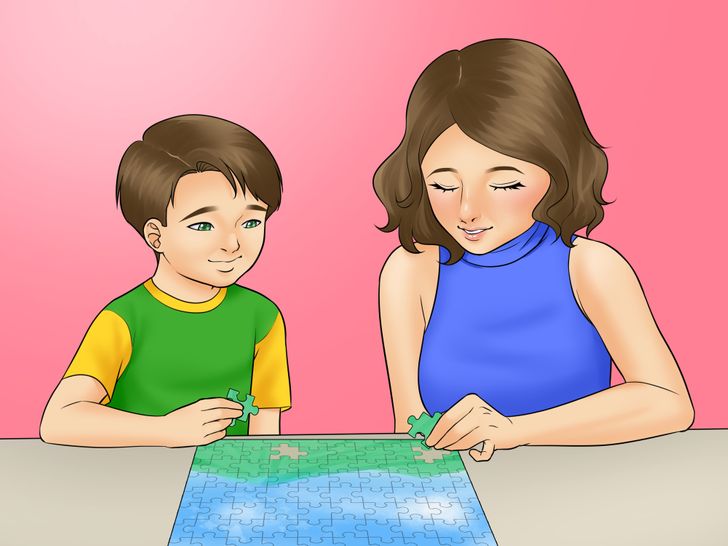
One great way to give your kid’s brain a good workout (not connected to school) is to do puzzle games. These types of activities require focus and problem-solving skills, which your child needs when studying. Plus, games like jigsaw puzzles are fun activities too.
9. Find out what your child gets excited about.
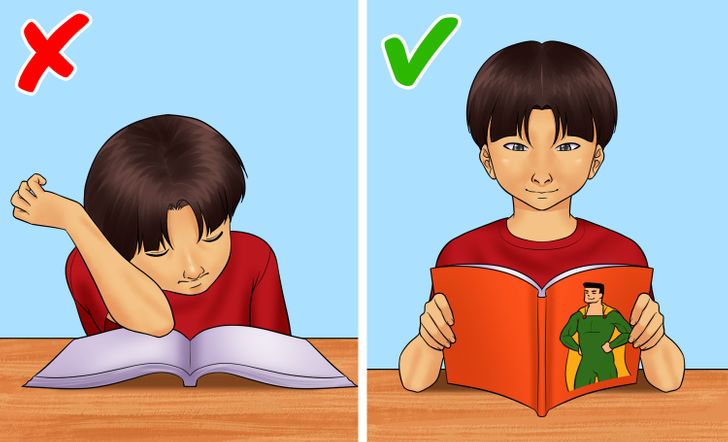
In some cases, lack of concentration can be due to the absence of engagement. The solution is to connect with your child by working on something they’re interested in.
For example: If your kid has to work on a book report but you see that they can’t stay still and read it, try to find a different book on a topic they’re interested in.
10. Find out your child’s type of learning.
Each child has a different way of interacting and learning, and finding out what your kid is good at will help you keep them focused on their work. The 3 common learning types are:
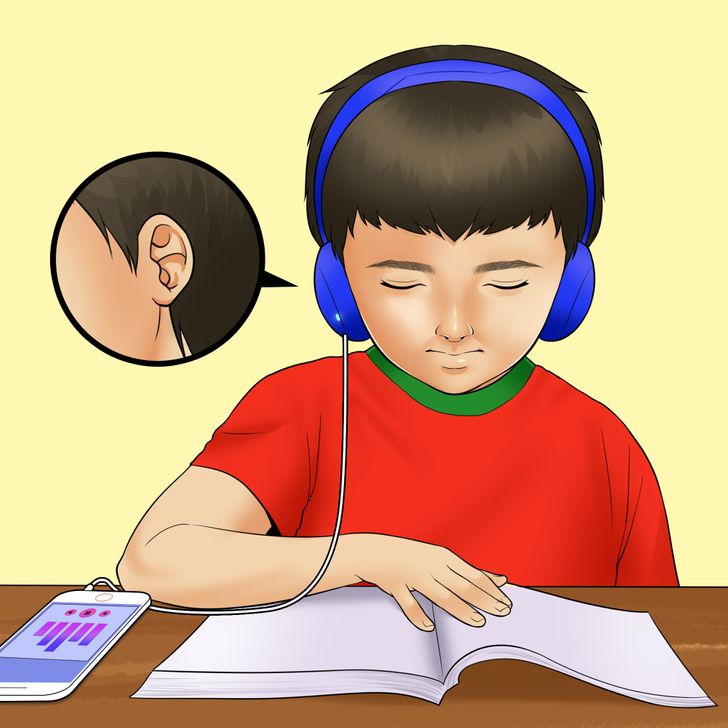
Auditory learners understand better when they use their sense of hearing. They understand and remember new things better when they are presented out loud, even if it means they should speak them themselves. They might be better at learning new things when paired with sounds, like clapping, drum beats, or even music.
How to help:
- Motivate your kid to say things out loud.
- Turn on audiobooks while they are reading and let them read as the words are spoken.
- Record your kid when reading a lesson and then turn it on for them to listen.
- Let your child work on problems by talking about them to you.
- If your child needs to memorize something, make up a silly song.
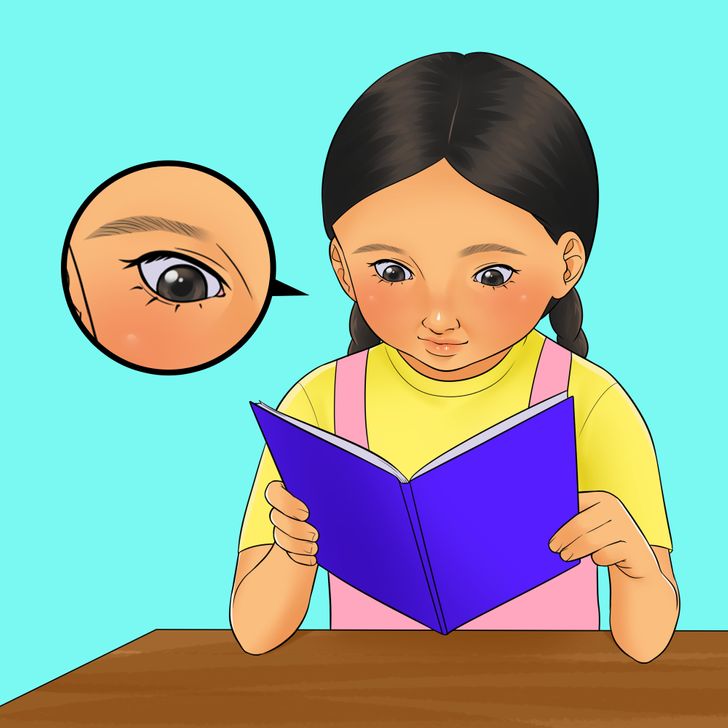
Visual learners grasp things better when their sense of sight is engaged. They show interest quickly in reading books with images and transition quite fast into reading books with text. They become easily engaged with clear diagrams and bright colors and can learn from classroom handouts, demonstrations, and videos. Also, it’s easier for them to learn from reviewing notes that have been handwritten, along with diagrams, flip charts, and other visual aids.
How to help:
- Surround your kid with books and you will see that they will be interested immediately by the stories and the bright images.
- Always have art supplies at hand because they are great for visual representations and learning.
- Let them create drawings that will help with remembering important facts, understanding the meaning of new words, and identifying the main elements of a story.
- Have other visual learning aids that you like on hand, like highlighters, a whiteboard, and flashcards.
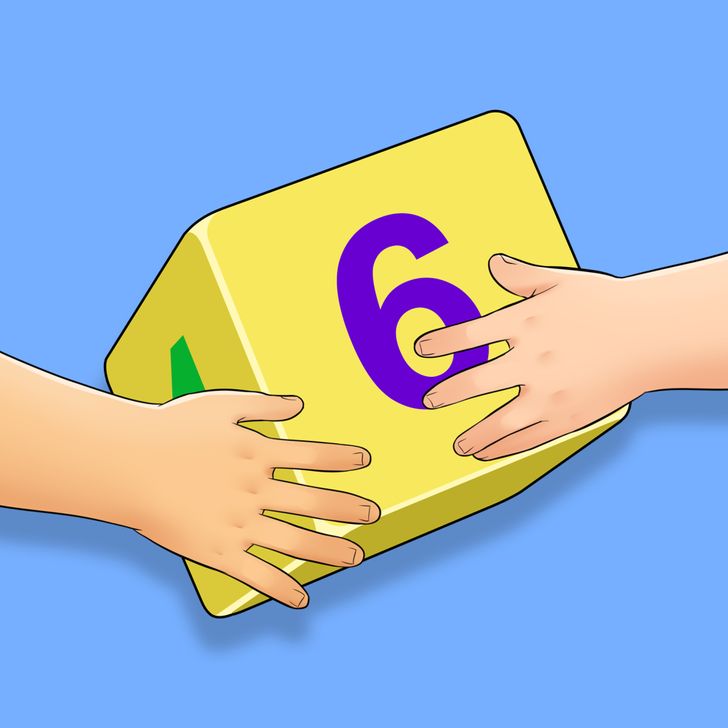
The kinesthetic learning style is the most physical of all. This is because it absorbs information by motion, movement, and touch. It’s about the ability to sense the body’s movement and position. So this means for your child to understand things easily, they have to feel, touch, and move the object around.
Hot to help:
- When possible, give your child things to hold.
- Use base 10 blocks and pattern blocks to help them learn math.
- Use letter magnets to practice spelling. Let them move the magnets on the fridge.
- Give them textured papers and different sizes of pens and pencils.
- Get them a bouncy exercise ball instead of the desk chair. Also, a standing desk might be better.
- Use motions like finger-snapping or hand clapping when practicing math and reading.